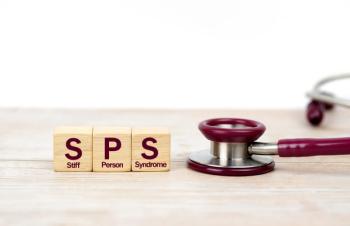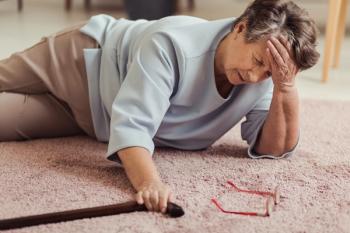
Ultrasound as a Treatment for Liver Cancer Shows Promise
An animal study of histotripsy suggests that powerful, focused ultrasound might be a way of treating liver cancer. It is a preliminary study. Much more research will need to be done before the technology is accepted as safe and effective.
Noninvasive ultrasound wave technology is showing promise in breaking down liver cancer tumors, according to new research.
Developed by Zhen Xu, a professor of biomedical engineering at the University of Michigan and colleagues, the technology breaks down liver tumors in rats, kills cancer cells and spurs the immune system to prevent further spread, according to a
However, the research is very preliminary and the technology will need much more research before it would even be considered for clinical use
Xu and the research team reported the results of their study on the effectiveness of histotripsy, which noninvasively focuses ultrasound waves to mechanically destroy target tissue, in the journal
Histotripsy destroyed 50% to 75% of liver tumor volume in rats, Xu wrote, and the rats’ immune systems were able to clear away the rest. As a result, there was no evidence of recurrence or metastases in more than 80% of animals.
In contrast, 100% of the control animals demonstrated local tumor progression and intrahepatic metastases and had to be euthanized at one to three weeks, the researchers wrote.
“Even if we don’t target the entire tumor, we can still cause the tumor to regress and also reduce the risk of future metastasis,” Xu said.
Results also showed the treatment stimulated an immune response, which may have contributed to the eventual regression of the untargeted portion of the tumor and preventing further spread of the cancer.
Future studies will continue to investigate the safety, efficacy, and biological effects of histotripsy, for potential translation to clinic, Xu wrote.
Liver cancer is among the top 10 causes of cancer related deaths worldwide and in the U.S. According to the American Cancer Society, the five-year survival rate of localized liver cancer is 35% but at later stages when cancer has spread, it is 3%.
The novel ultrasound technique works without the harmful side effects of current approaches such as radiation and chemotherapy, according to the news release.
“Our transducer….delivers high amplitude microsecond-length ultrasound pulses—acoustic cavitation—to focus on the tumor specifically to break it up,” Xu said. “Traditional ultrasound devices use lower amplitude pulses for imaging.”
The microsecond long pulses from UM’s transducer generate microbubbles within the targeted tissues—bubbles that rapidly expand and collapse. These violent but extremely localized mechanical stresses kill cancer cells and break up the tumor’s structure.
Newsletter
Get the latest industry news, event updates, and more from Managed healthcare Executive.


















































